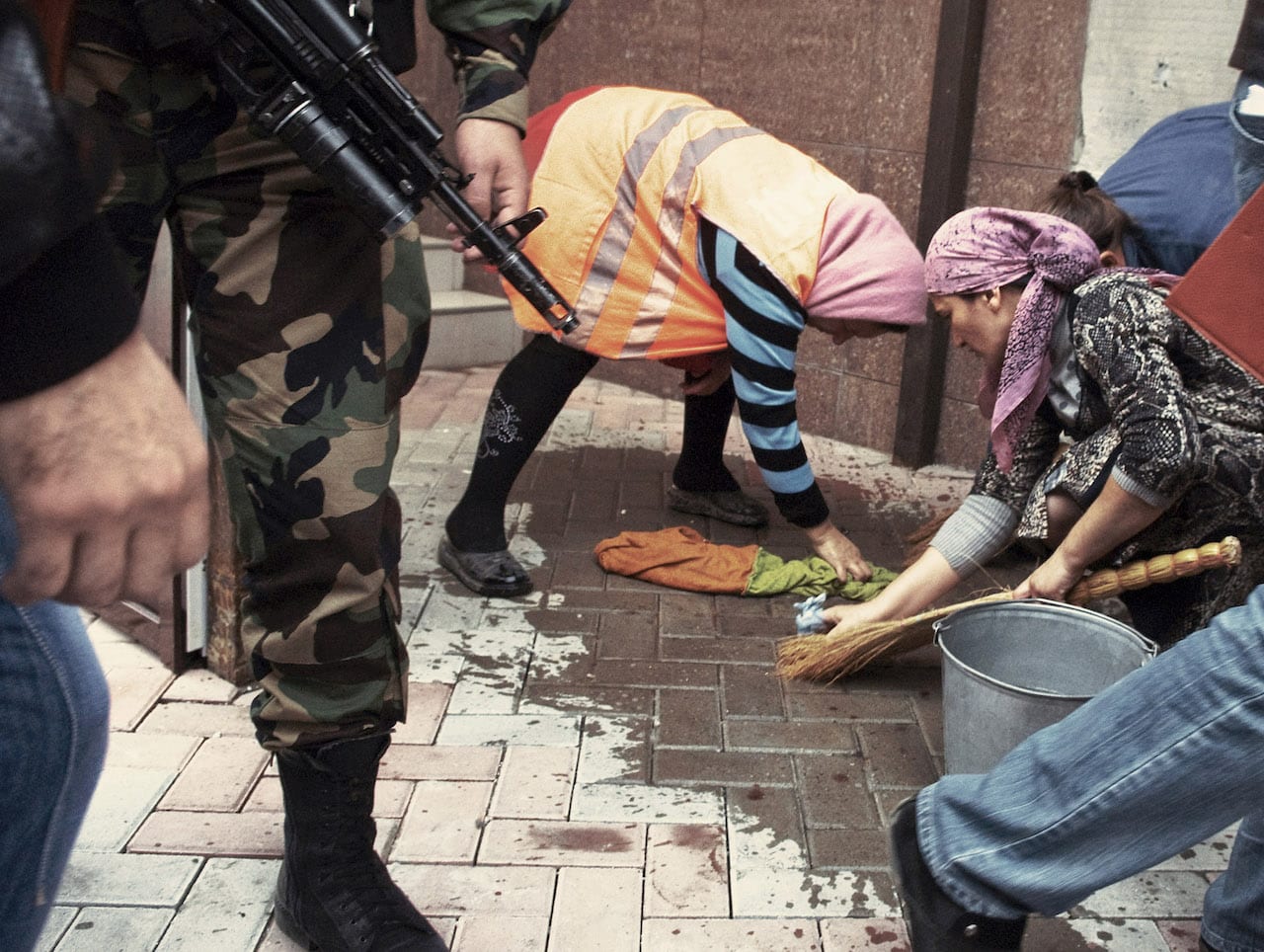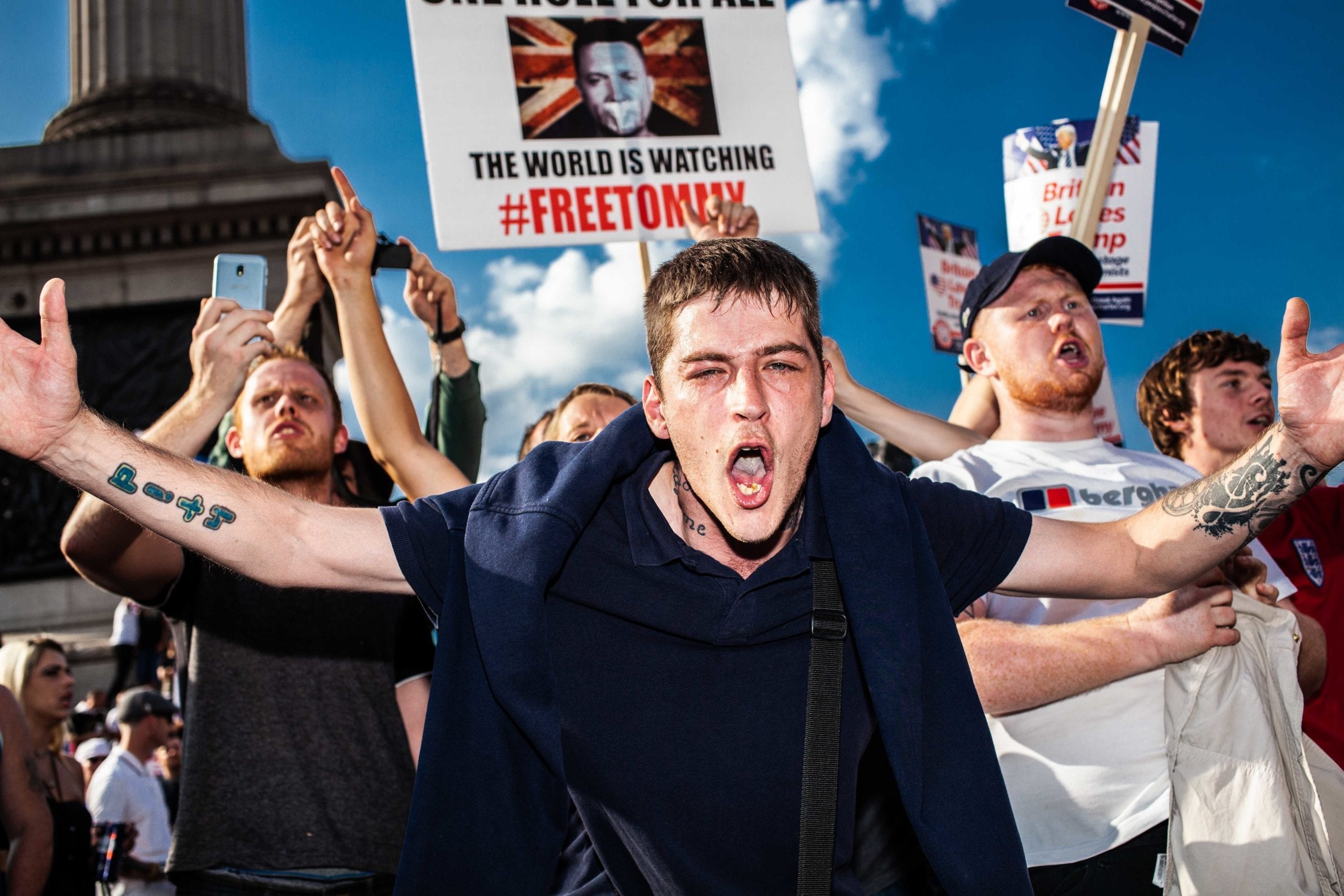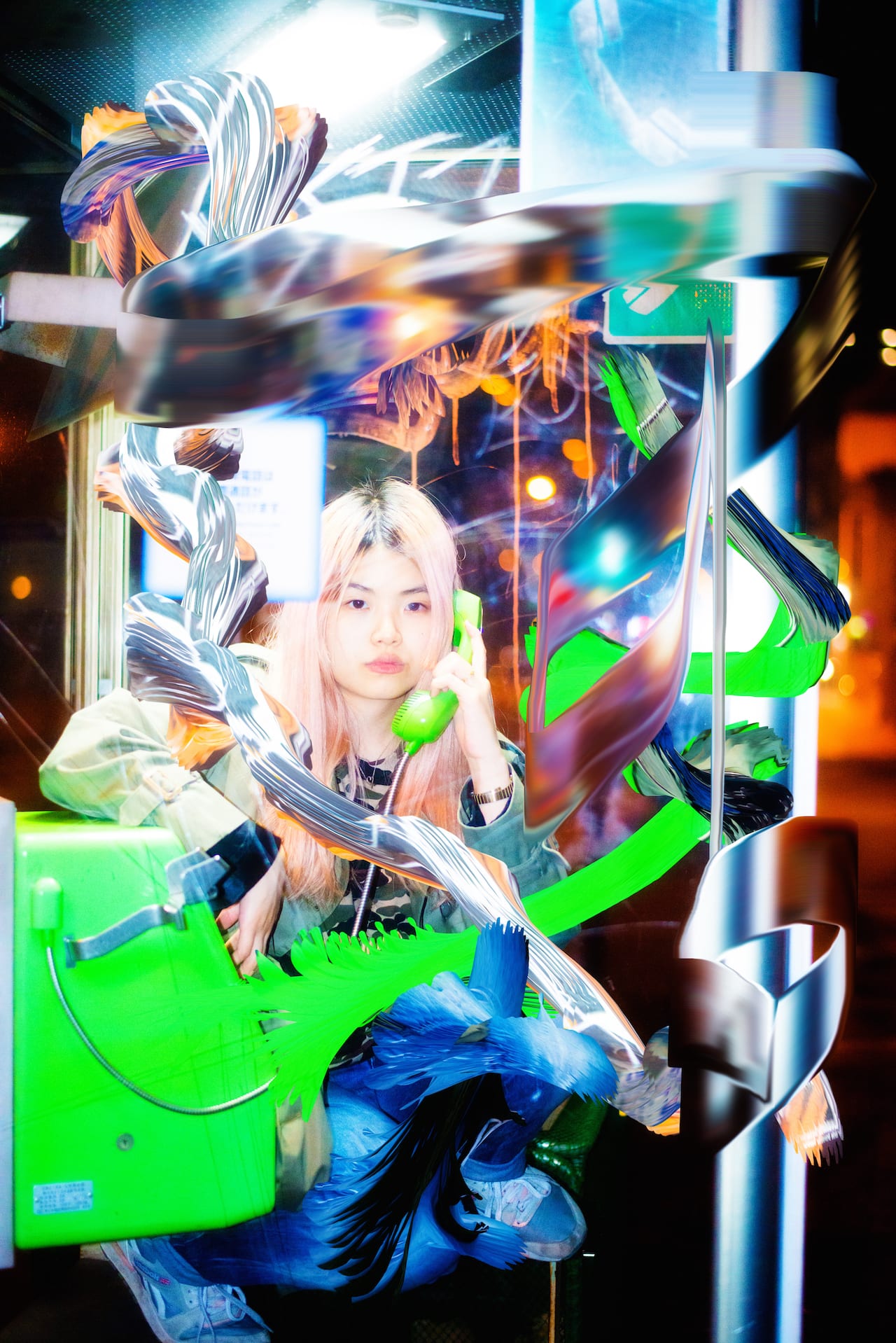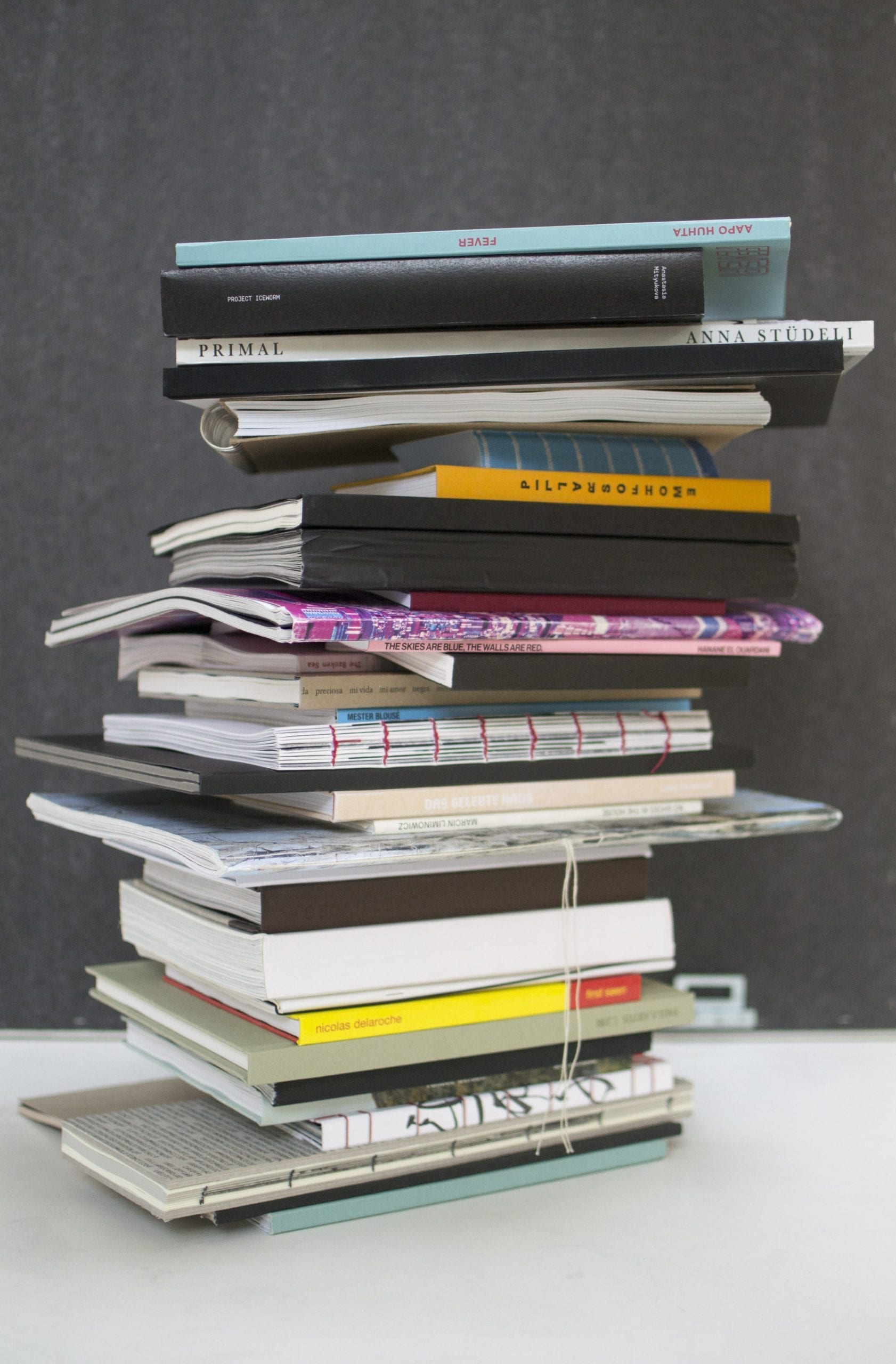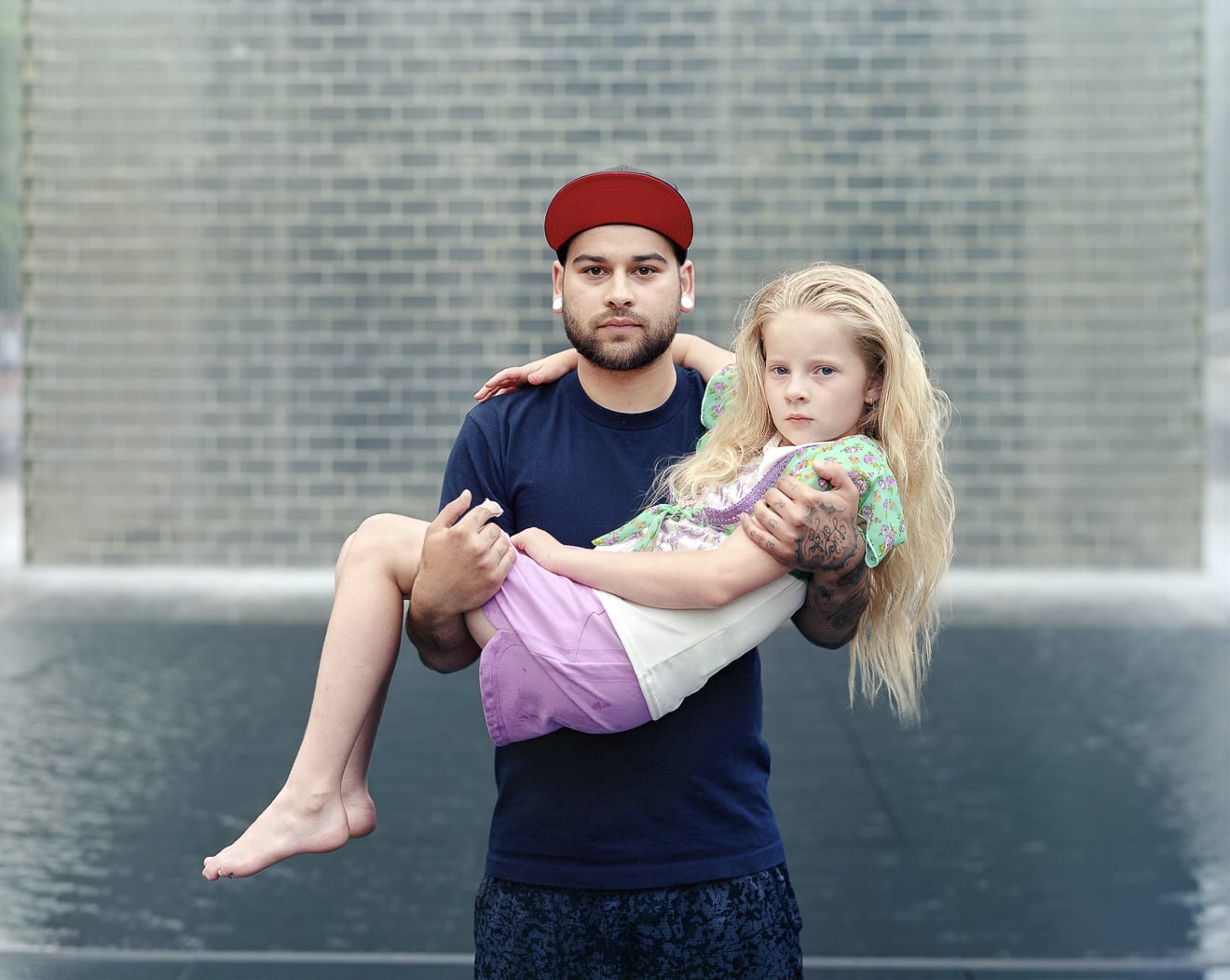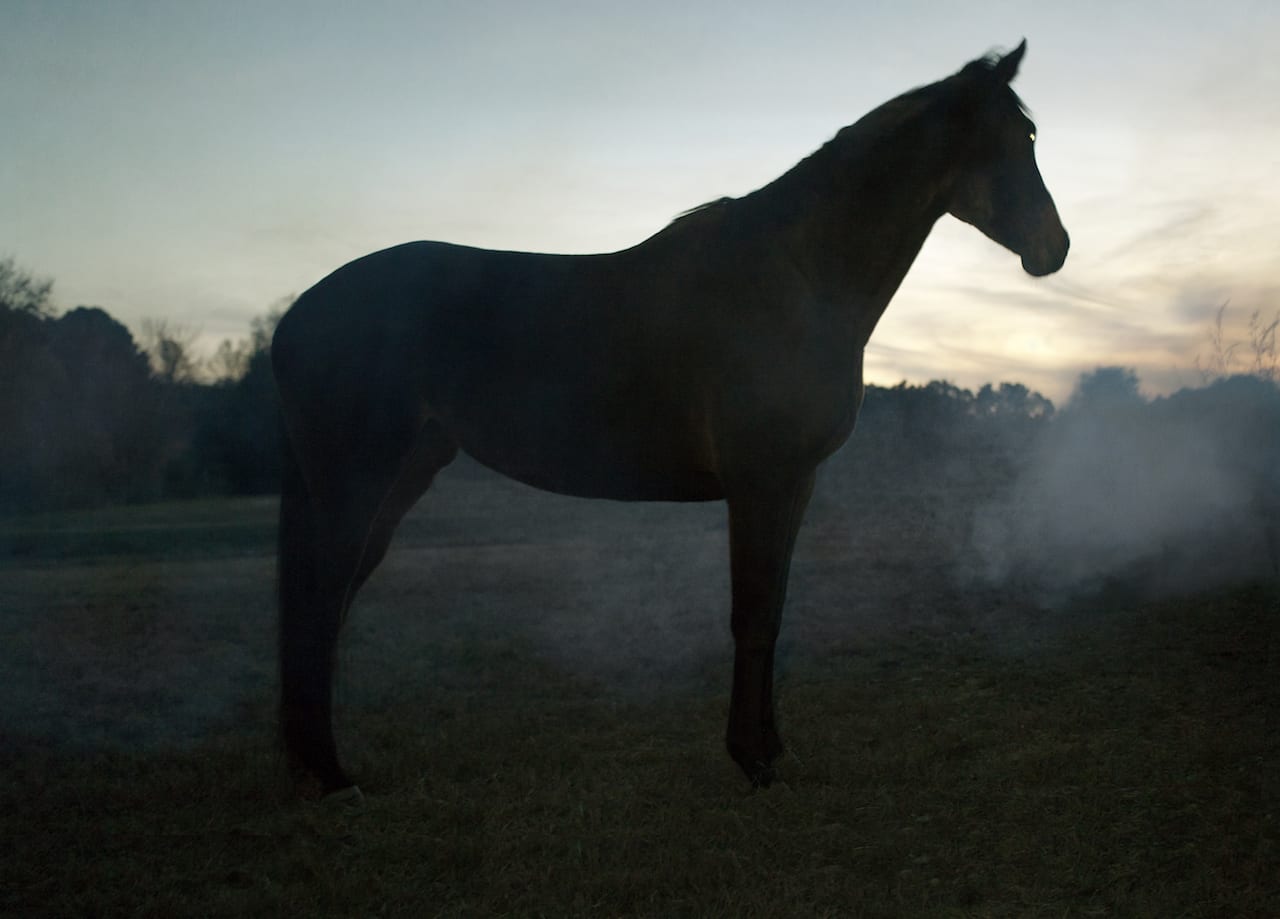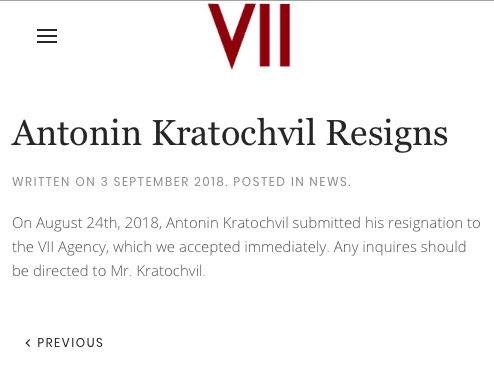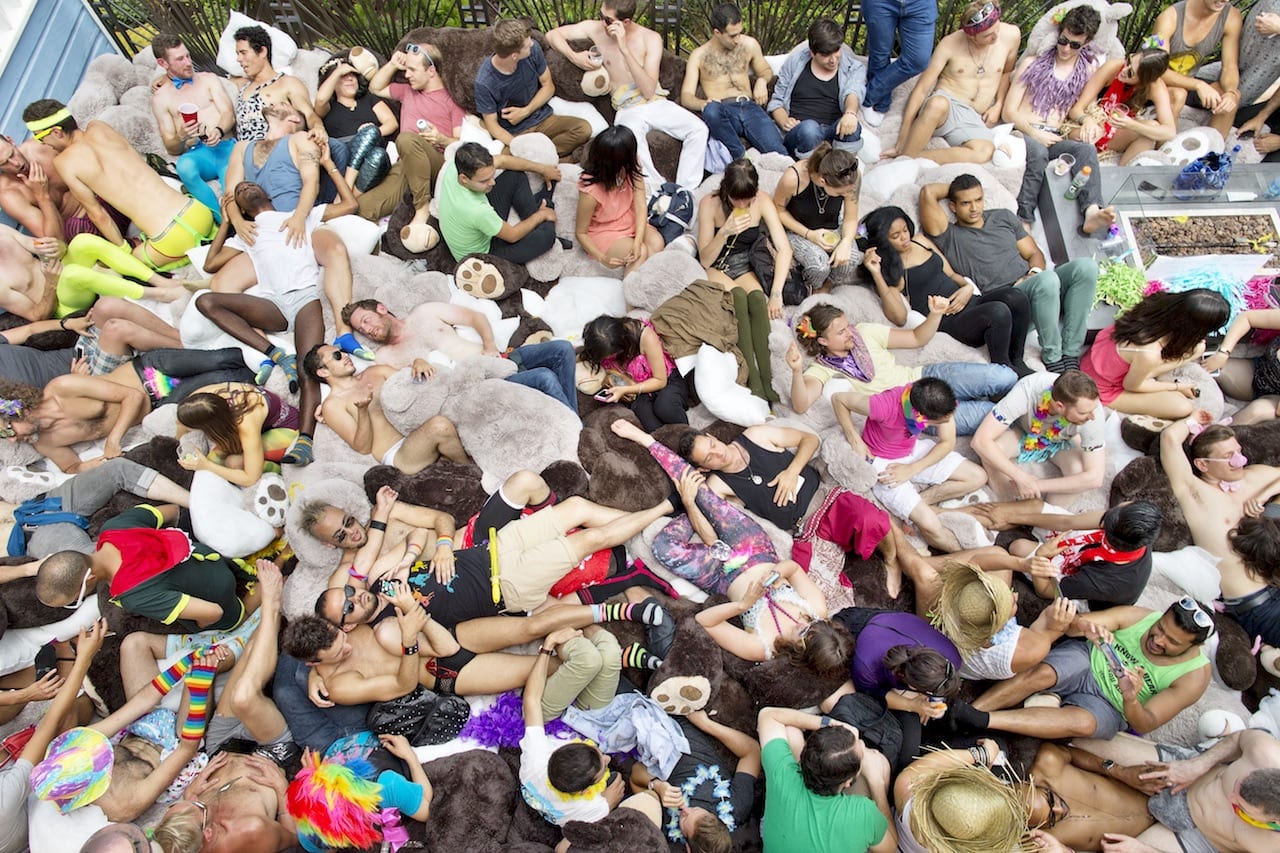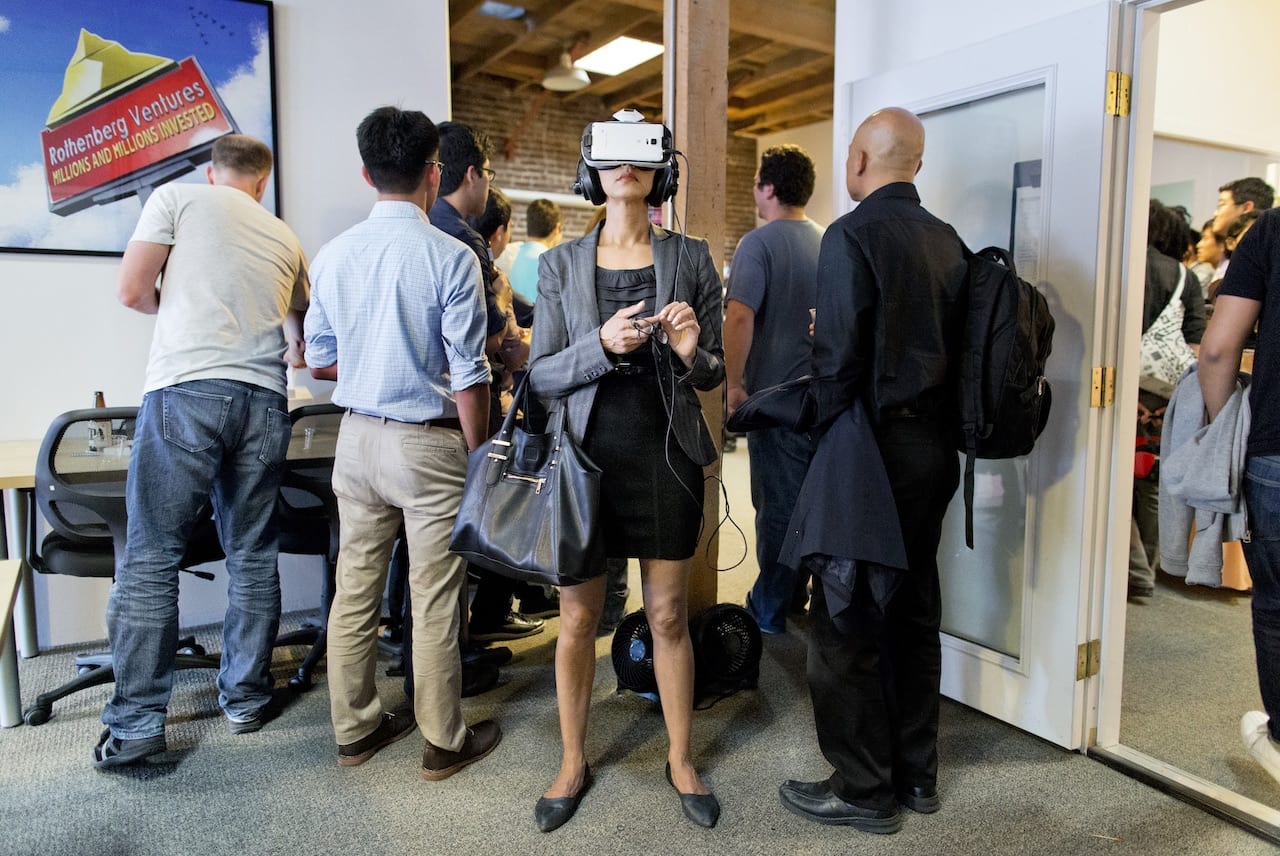Les Rencontres d’Arles is the most prestigious photo festival in the world – that’s beyond question. But according to a high-profile group of photographers, curators, and writers, there’s still more that it could do. They’ve got together to sign a public letter to festival director Sam Stourdzé, which urges him to include more exhibitions by women in the main programme at Arles, and which was published in the French newspaper Libération on 03 September.
The letter is signed by influential industry figures such as Iwona Blazwick, director of the Whitechapel Gallery; Victor Burgin, Professor Emeritus of History of Consciousness, University of California, Santa Cruz, and Emeritus Millard Chair of Fine Art at Goldsmiths College, University of London; collectors Claire and James Hyman; and Olivier Richon, Professor of Photography, Royal College of Art, London, as well as photographers and artists such as Clare Strand, Sunil Gupta, and Anna Fox.

